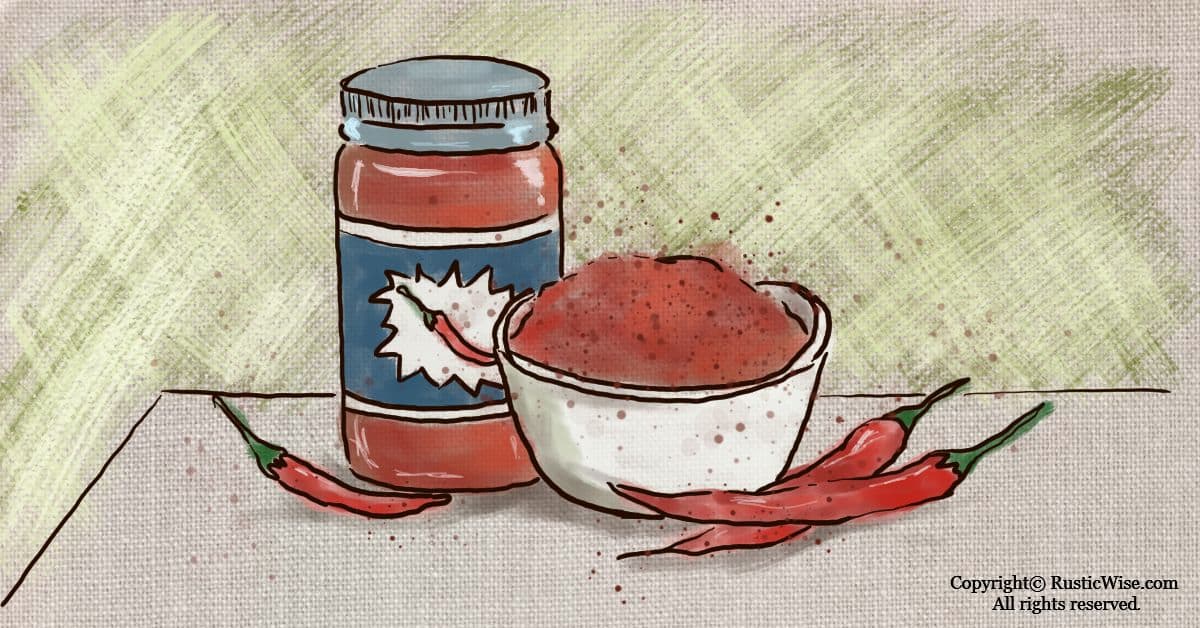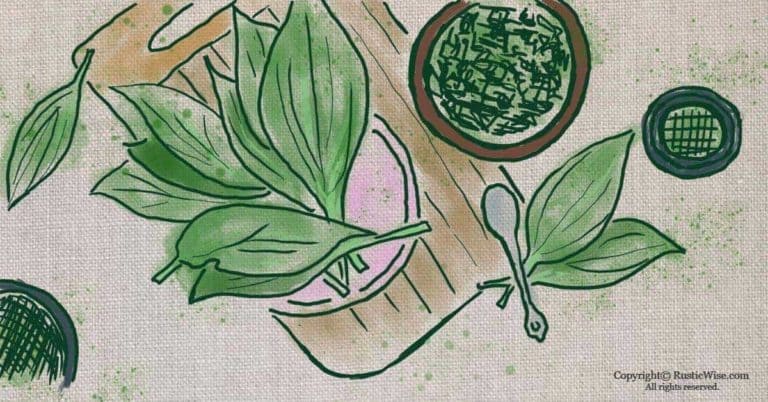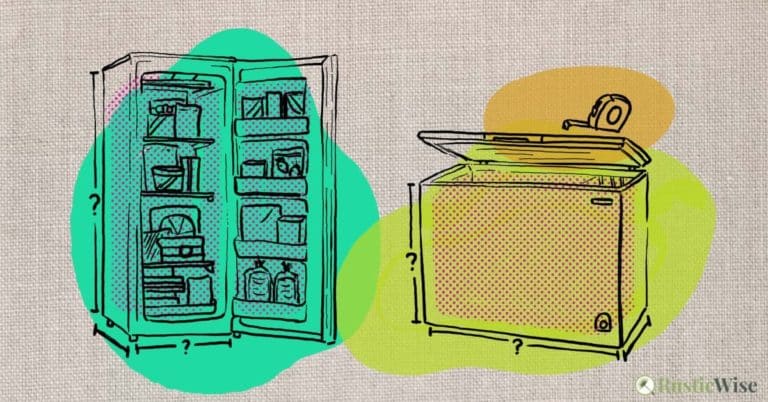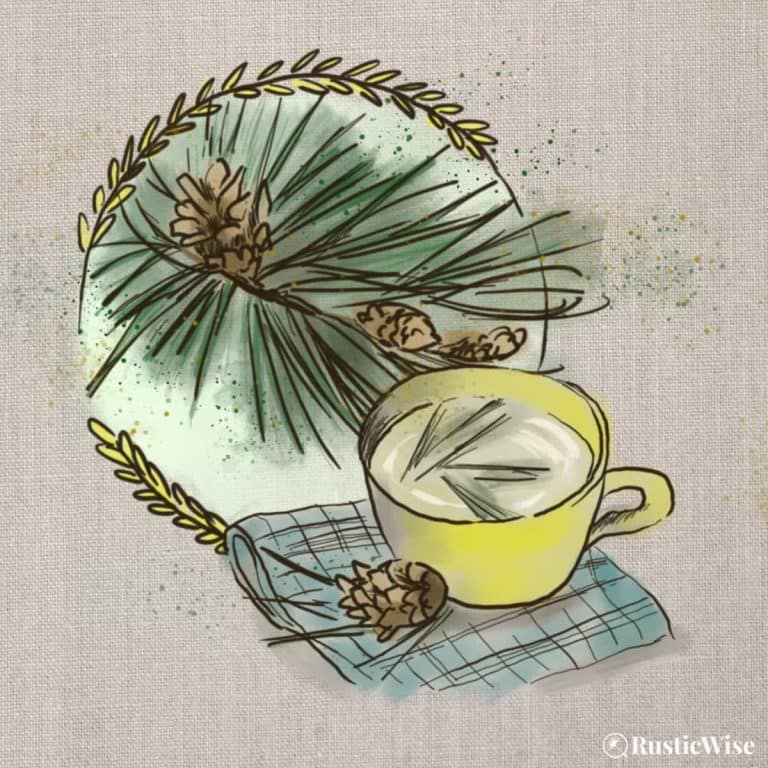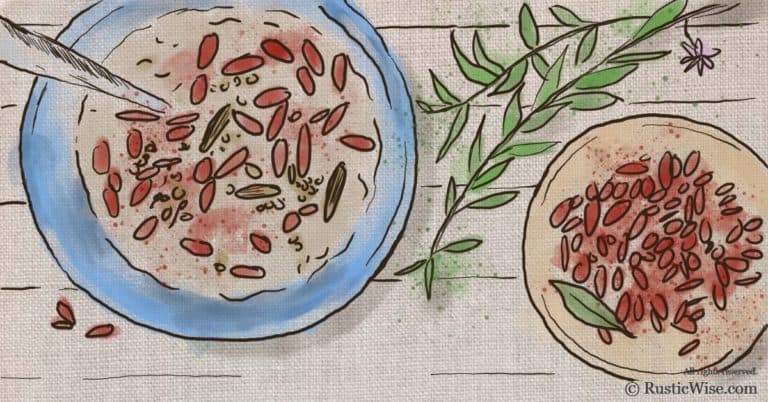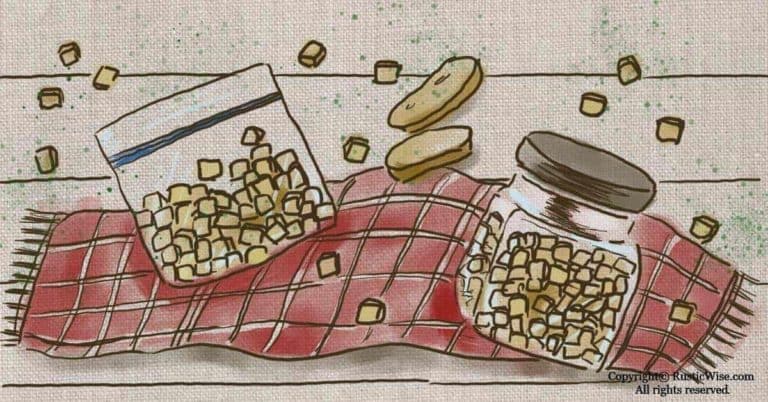Chili Powder Shelf Life: Everything You Need to Know About Storing this Spice
Food comes to life with a bit of spice. If you’re like me, chili powder is a staple in my pantry. Spice up your chili, tacos, nachos, shepherd’s pie, and any other savory dish that could use some kick. If you’ve come across expired chili powder, you’re probably wondering about chili powder shelf life and whether it’s safe to use. Luckily, like other spices, chili powder is still safe to use past its “best before” date. It just might lack its former flavor.
Chili powder is a mixture of herbs and ground spices. The jar sitting in my kitchen happens to list the following ingredients: paprika, chili pepper, cumin, salt, coriander, dried garlic, oregano, and cloves. There are different types of packaged chili powder with various spices.
Chili powder shelf life
The shelf life of chili powder depends on a number of factors including where and how it was stored. However, chili powder is considered a ground spice, which has a shorter shelf life than whole spices (such as black peppercorns). The average shelf life of chili powder is 2-3 years.
The USDA states the following storage times for spices stored at room temperature:
| Form | Storage Time |
|---|---|
| Ground spices | 2-3 years |
| Whole spices | 2-4 years |
How to properly store chili powder
The key to properly storing ground spices is to protect it from light, heat, and moisture. The best place would be in a cupboard away from the stove, oven, or dishwasher. The pantry is another good place to store your chili powder at room temperature.
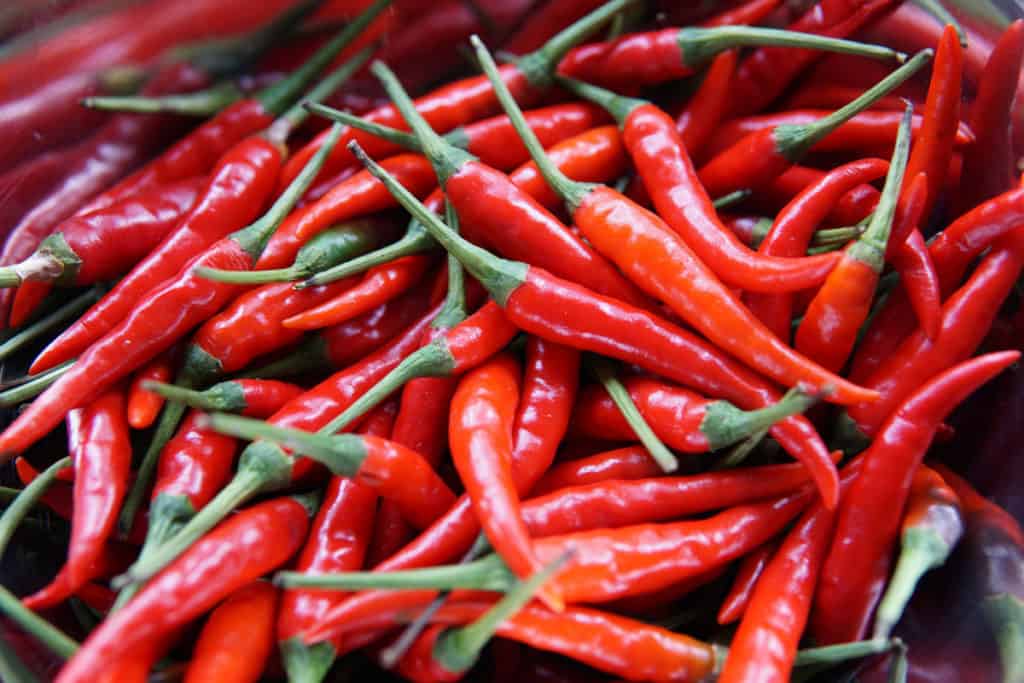
Here’s where not to store your chili powder:
- In the cupboard above your stove: Heat rises, and spices kept above the stove will deteriorate quickly.
- On a spice rack on the countertop: While it looks pretty and is conveniently located, spice racks on the countertop don’t protect your spices from heat or direct sunlight.
- In the drawer next to your dishwasher or oven: The warmth from the dishwasher or oven can wreak havoc on your spices.
Tip: When using your jar of chili powder to season dishes over the stove, protect it from heat and condensation by using a clean, dry spoon to dole out the seasoning. Avoid sprinkling it directly from the jar over a hot pot as this is a great way for heat to enter the jar and create condensation.
Can you store chili powder in the fridge?
While most spices should be stored at room temperature, red spices (many of which are classified as capsicum) such as chili powder and paprika may also be stored in the fridge to extend shelf life. Capsicum plants such as red peppers contain volatile oil compounds that are best preserved under cooler temperatures.
If you have a lot of chili powder to use up, keep a jar at room temperature for regular use and keep a “refill” container in the fridge to top up as needed.
- Air-tight storage: Store chili powder in air-tight sealed containers or Ziploc bags
- Monitor condensation: Be careful of condensation forming inside your sealed container or bag of chili powder.
- Avoid taking it in-and-out of the fridge: Temperature changes cause condensation to form. Try to keep the time the chili powder is out of the fridge at a minimum.
What containers are best for storing chili powder?
While most packaged chili powder comes in plastic containers or bags, these are not the best containers for long-term storage. Instead, consider buying a few of these types of storage containers:
- Glass: Unlike plastic which absorbs odors, glass is better for long-term storage. It also provides an air-tight seal. While mason jars could work, a better bet are amber-hued glass containers which block out light.
- Ceramic: Similar to glass—doesn’t absorb odors, provides a good seal, and is opaque to boot.
- Food-safe metal containers: Metal tins for food storage are often made of stainless steel. Like ceramic, metal is an opaque material effective at blocking out light.
When to replace chili powder
The various spices and aromatic oils in chili powder deteriorate over time. However, if you accidentally ate some old chili powder, chances are, you won’t get sick. Like other shelf-stable foods such as oils, pasta, and rice, ground spices such as chili powder don’t go rotten in a traditional-sense, it just loses its flavor and aroma.
That once lively and tasty chili powder might start tasting kind of flat. It lacks its former spicy aroma. The USDA says that shelf-stable foods past their “best by” date are still considered safe to eat, however they might not be at their peak quality and freshness.
Use your judgement when determining whether that jar of chili powder is safe to use. Throw away if the packaging is compromised, if it’s moldy or damp, or if the look and smell is suspect.
Do a quick sniff-and-taste taste. Does the chili powder still have a spicy aroma? Taste a small quantity. Does it still taste okay?
Tip: To counteract a batch of still-good, but slightly old chili powder, just add a bit more to your recipes than you normally would.
Ways to use up chili powder
Do you have a lot of chili powder to use up? Get your tastebuds fired up with these spicy recipes!
Tender pork cooked with plenty of seasoning (via All Recipes).
Spicy Chili Chicken and Vegetable Soup
A comforting bowl of chicken soup with some kick (via Barefeet in the Kitchen).
Because of course you can load on the chili powder in tacos (via The Wholesome Dish).
A fiery chili recipe with a curry twist (via Ready Set Eat).
Regular old hamburgers take it up a notch with the addition of chili powder and other spices (via Food.com).

Author: Theresa Tesolin
Theresa is co-founder of RusticWise. She helps people unleash their inner DIY spirit by encouraging them to get dirty and make or grow something from scratch.

